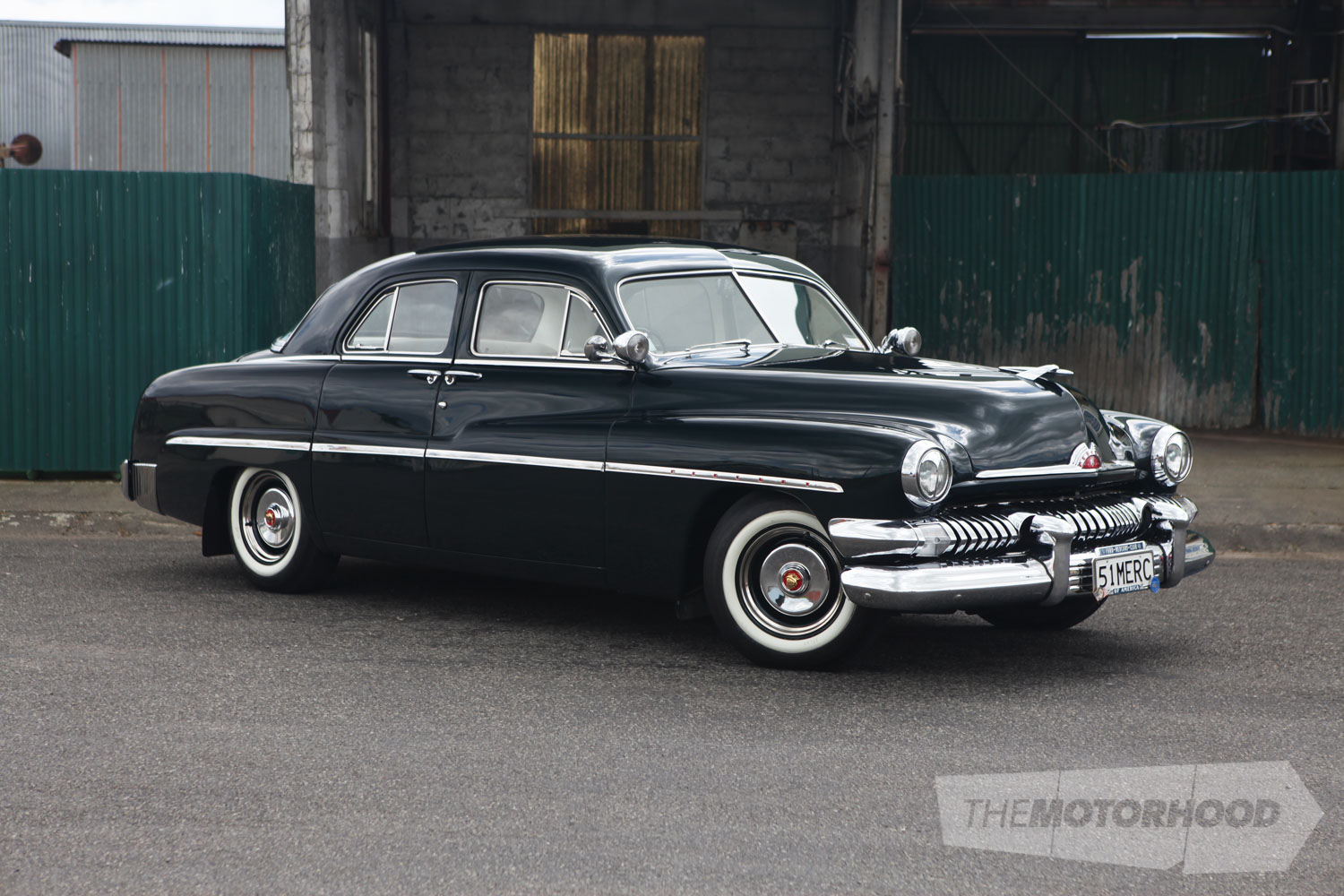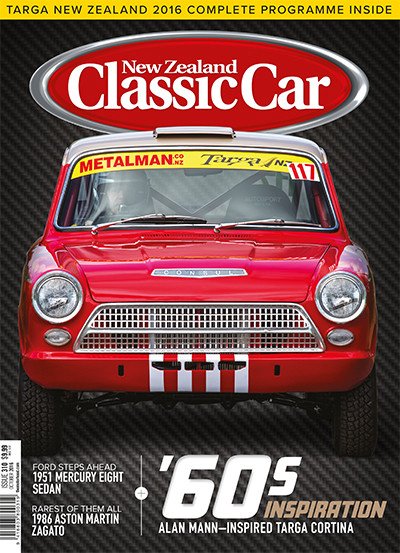Americans of the ’50s era apparently liked their cars like their women — curvy and voluptuous. The new Mercury did not disappoint. Record sales were the reward for the new model, and buyers flocked to be seen driving it.
The new Mercury sported enough chrome to sink a ship, and the well-proven side-valve V8 had been uprated a little in power.

The appointments inside were just that, appointments. Again weight and bulk appear to be well down the priority list. The suicide rear doors provided easy access to spacious and comfortable back seats that came complete with armrests built into the sides. Think of an American doctor’s or lawyer’s waiting room of the era.
Check out our full story in the October issue of New Zealand Classic Car — grab your copy now:



